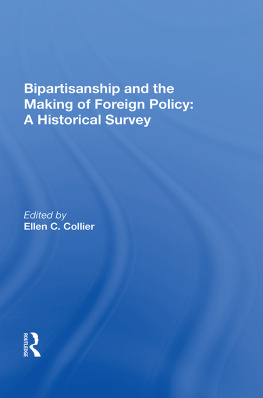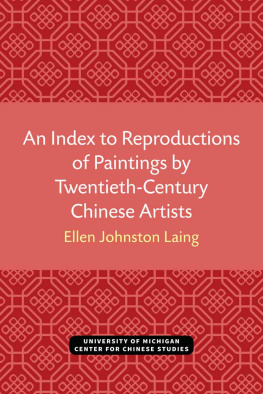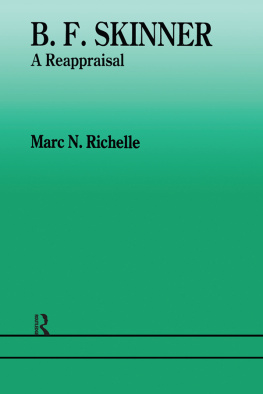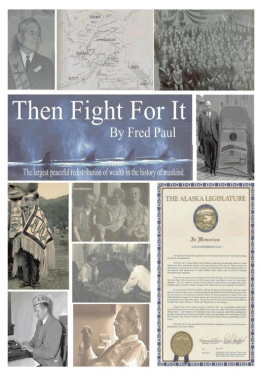NATIVE
AMERICANS
INTERDISCIPLINARY PERSPECTIVES
edited by
JOHN R. WUNDER
CYNTHIA WILLIS ESQUEDA
UNIVERSITY OF NEBRASKA-LINCOLN
ALASKA NATIVE
POLICY IN THE
TWENTIETH
CENTURY
________________
RAMONA ELLEN SKINNER
First published 1997 by Garland Publishing, Inc.
Published 2018 by Routledge
2 Park Square, Milton Park, Abingdon, Oxon OX14 4RN
52 Vanderbilt Avenue, New York, NY 10017
First issued in paperback 2018
Routledge is an imprint of the Taylor & Francis Group, an informa business
Copyright 1997 Ramona Ellen Skinner
All rights reserved. No part of this book may be reprinted or reproduced or utilised in any form or by any electronic, mechanical, or other means, now known or hereafter invented, including photocopying and recording, or in any information storage or retrieval system, without permission in writing from the publishers.
Notice:
Product or corporate names may be trademarks or registered trademarks, and are used only for identification and explanation without intent to infringe.
Library of Congress Cataloging-in-Publication Data
Skinner, Ramona Ellen, 1952-
Alaska native policy in the twentieth century / Ramona Ellen Skinner.
p. cm. (Native Americans)
Includes bibliographical references and index.
ISBN 0-8153-2908-3 (alk. paper)
1. Indians of North AmericaAlaskaGovernment relations20th century. 2. Indians of North AmericaLand tenureAlaska. 3. Indians of North AmericaAlaskaPolitics and government I. Title. II. Series.
E78.A3S55 1997
323.l1970798dc21
97-40756
ISBN 13: 978-1-138-96644-4 (pbk)
ISBN 13: 978-0-8153-2908-4 (hbk)
Dedication
To all my students who have a sincere desire to learn.
Contents
Many individuals have generously assisted me in writing this book. I am especially grateful to Rose, Niomi and Emma Skinner, who waited patiently and quietly while I worked on this project. In researching this book, I wish to thank Allen Buchanan for broadening my knowledge in the area of Indigenous self-determination. I also want to thank the library staff for their assistance at the University of Washington Manuscript Collection, the University of Alaska Fairbanks Archive, the Federal Archives and Records at Seattle, WA, and the University of Wisconsin Law library. In writing this book, I wish to express my deepest appreciation to all the individuals who assisted me on this project. A number of scholars provided comments and suggestions while this work was in progress, including Robert Burke, Otis Pease, and Claus Naske. I am especially appreciative of John Wunder, who read drafts of this manuscript and offered critical comments. I also want to thank Gretchen Walker for putting this manuscript in text form. I gratefully acknowledge everyones support.
Alaska Native Policy
in the Twentieth Century
Federal Indian policy can be described as a vacillating pendulum. In a few instances, Indian policy swung favorably to safeguard the Native way of life. More often, however, it teetered the opposite direction to the detriment of Native culture. Regardless of which direction the pendulum moved, several factors helped shape Indian policy. These factors include a national policy to acquire Indian land for settlers and the attempted termination of the federal trusteeship. It was not until the 1960s that the legal rights of Indians to participate in decisions affecting their lives became a factor shaping Indian policy.
The federal governments first systematic course of action focused on a national policy that entailed westward expansion and the acquisition of Indian land. The governments strong desire to possess legal title to Indian land was ratified as early as 1823 by the U.S. Supreme Court. In Johnson v. McIntosh, Chief Justice John Marshall ruled that tribes could only transfer their aboriginal land titles to the federal government and not individuals. The ruling cleared the way for the Indians dispossession under national policy.
After Johnson v. McIntosh, the federal government continued to follow a course of action that enormously increased the lands Americans occupied. It introduced Indian policy that entailed Indian removal, the creation of Indian reservations, and Indian allotment. In the long run, Indian policy was merely a process of transferring Indian land to the federal government. Thus, the federal governments ultimate desire for Indian land initiated a course of action that opened up Indian lands for an advancing non-Indian settlement. The Alaska Native Land Claims Settlement Act of 1971 (ANCSA), which divided Alaska between the federal government, the state, and the Alaska Natives, epitomized this continued fervor for Indian land.
The transfer of Indian land to the federal government opened the frontier to white settlement. Too often scholars have observed the immediate impact and purpose of Indian policy within the context of national policy. In taking the national approach, scholars have overlooked the trust relationship as a factor that also forged Indian policy. This is particularly true in view of the fact that the Supreme Court inducted the United States into a trustee position without its initial legislative consent or endorsement. By analyzing the desire for Indian land within the context of national policy, scholars can only provide a partial analysis of the development of Indian policy. To complete the picture, scholars need to study the trust relationship and Congress desire to render it void.
The trust relationship requires the administration of Indian matters by Congress through its primary agent, the Bureau of Indian Affairs (BIA). Over time the trust relationship has grown immensely. Today it ranges from the supervision of Indian trust lands to providing tribes and individuals with special services and benefits. The administration of Indian affairs places a financial and administrative burden on the federal government. As a result, the growth of the trust relationship has become a controlling factor in shaping Indian policy. In short, it has also become one of the cornerstones of federal Indian policy.
The federal trust relationship originated from Cherokee Nation v. Georgia in 1831. Tribes were dependent on the United States similar to that of a ward dependent on a guardian.
Fundamentally, the trust relationship emerged as a creature of the Supreme Court. The Supreme Court essentially placed the United States in a trust position without its consent. The federal government had no choice but to act as a guardian and overseer of almost every social, economic and legal aspect of Native life. The trust relationship, for this purpose, has firmly influenced the development of Indian policy as did national policy.
In 1832, the Supreme Court clarified the United States role as guardian. In Worcester v. Georgia, Chief Justice Marshall recognized the inherent powers of Native self-government. He ruled that under Native self-government, states could not extend their laws over tribes located within the state. The notion that states had no power over tribes applied to all states until the 1950s. If there were to be any dealings, they would be between the federal government and the tribes. Thus, the decision made clear that the role of the guardian belonged to the federal government and not to state governments.












